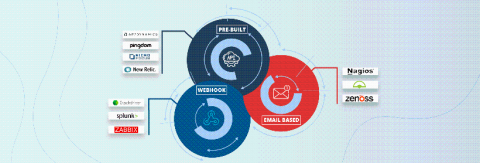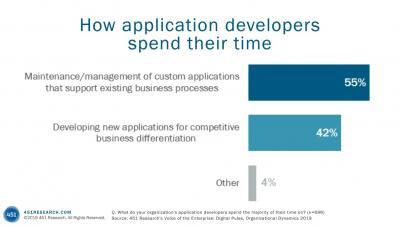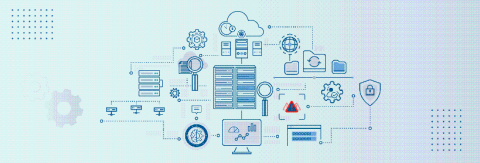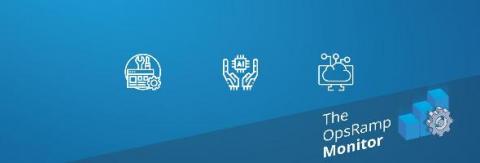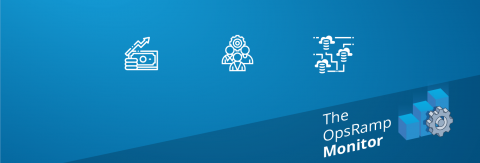The 7-Step plan for successful AIOps implementations
The idea of applying artificial intelligence and machine learning to more rapidly and accurately resolve IT incidents and manage alerts has been gaining steam in the past year. While AIOps, as it’s frequently called, has spawned an entirely new market of startups, many enterprise IT leaders are playing a cautious hand so far – and for good reason. There are risks, though. If an AIOps tool goes wrong out of the gates, IT and executive trust diminishes.



